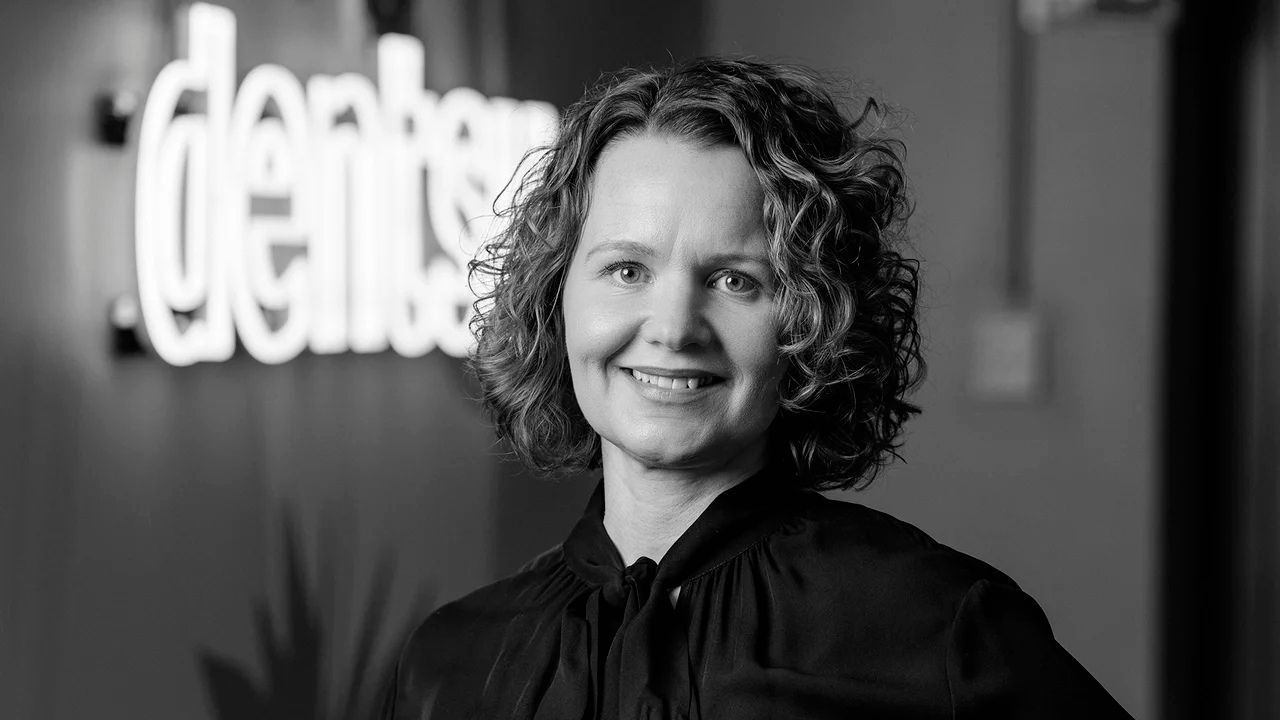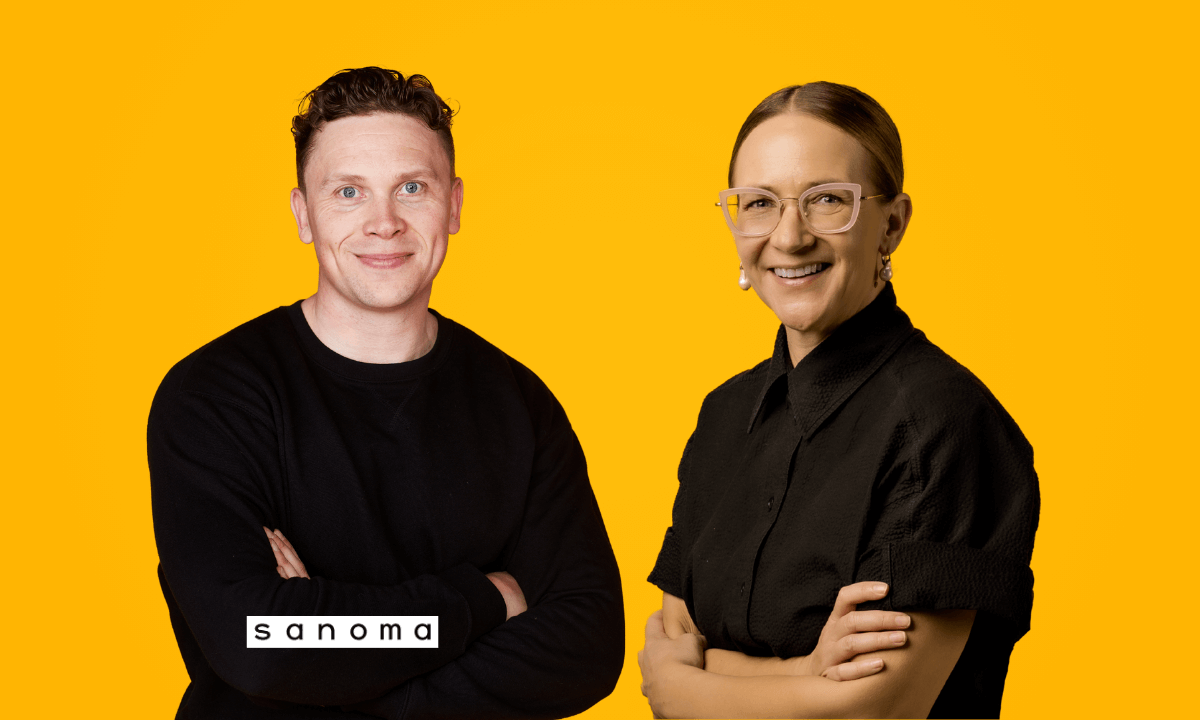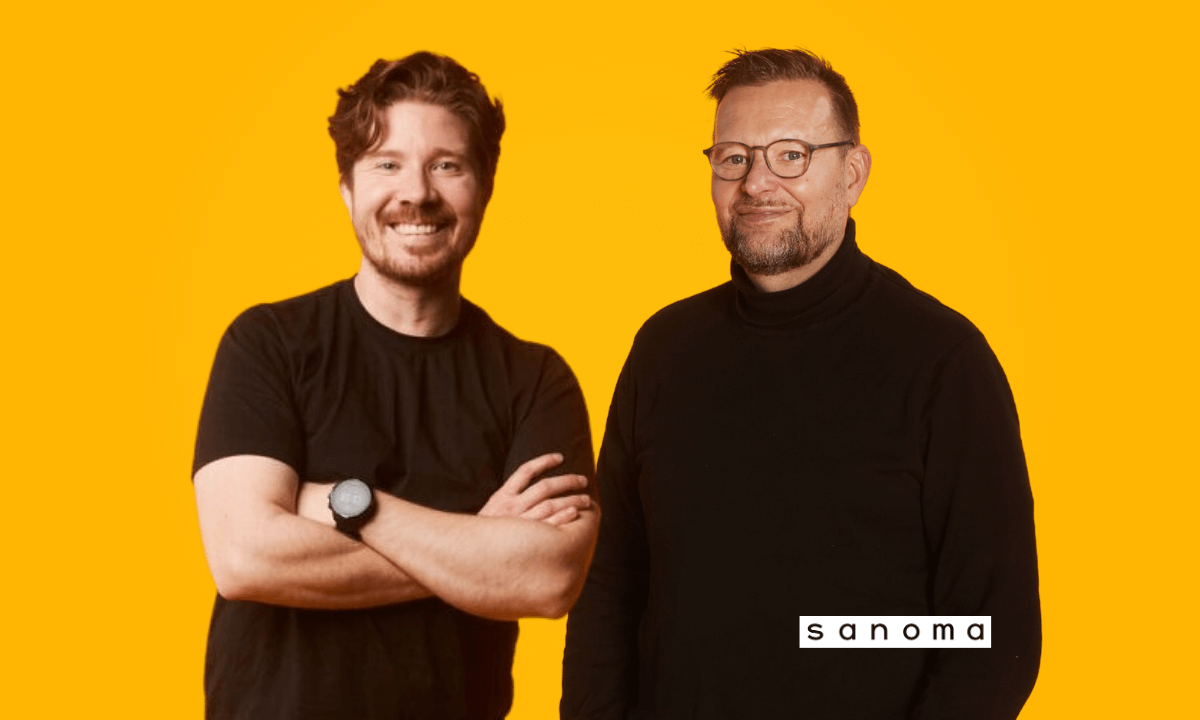Marketing as a driver of growth – five key drivers
What does it mean to place marketing at the core of your growth plans? Get top tips from Anna Salo at Dentsu.
According to a McKinsey analysis, widely cited by the marketing industry, CEOs who put marketing at the core of their growth plans are twice as likely to achieve annual growth of more than 5% compared to their competitors.
What does it mean to place marketing at the core of your growth plans? There is a lot of data on marketing as a driver of growth, and marketing as a discipline is constantly evolving. Latest research often brings new perspectives, so it is important to monitor how the industry is developing and manage marketing accordingly.
Here are the top five growth drivers:
1. Growth comes from new customers
Customer focus and developing the customer experience have deservedly become an increasingly important part of marketing. However, business will not grow by serving current customers and increasing loyalty alone.
The smaller the brand, the clearer it is that growth comes from new customers, and marketing efforts must focus primarily on this group. With established and big brands, growth comes not only from new customers but also from the so-called “light-buyer” group. This refers to customers who currently buy little and rarely.
Both new customers and those who rarely do business with us are captured most effectively through advertising. You cannot rely solely on your own channels to reach them. Finding the right investment level to ensure growth requires data, not feelings.
2. Growth comes from correctly timed top-of-mind moments
As much as we would like customers to think about our brand often, the truth is, they don’t. Thinking about brands is activated at a moment of need. Marketing research uses the term “category entry point” for these moments, and coming to mind at these moments is key to entering the customer’s shopping cart.
Growth comes from the fact that we come to mind at the moment of need in categories that are important to us. The goal must be that as many potential customers as possible connect our brand to at least one moment of need, and that as many consumers as possible connect the brand to as many moments of need as possible.
Reviewing and expanding categories is always a good exercise: this is how we can ensure that we know the essential moments of need from the customer’s perspective – not the brand’s perspective. The new categories also provide a new insight into the competitor field.
3. Growth comes from noticing advertising
More than 400 million euros are spent every year in Finland on advertising that does not receive any attention. This came up in Dentsu’s extensive studies, where an eye movement camera studied how advertising was noticed.
Attention-optimised media choices that are designed to be noticed lay the foundation for the target audience to have the opportunity to see the ad and for advertising to produce more results with the same amount of money – or, the same result for less money, freeing up investments in something else.
Data on genuine detection already exists, so it is worth using in media planning, purchasing and optimisation.
4. Growth comes from a strong and distinctive brand
Attention surveys have produced a lot of new data for the industry on the importance of creative implementation. The situation is merciless: the advertiser must be identified in a few seconds, regardless of the channel. Otherwise, marketing efforts will be wasted, and in the worst-case scenario, the competitor will reap the benefits.
This has put brand awareness at the core of advertising planning. The brand must have an understanding of brand awareness in the competitor field, and the awareness must be protected. Do you know what your brand’s situation is in the competitive field? Can it be identified amidst all the advertising noise, and if so, for which elements?
We have conducted Distinctive Brand Asset surveys for our customers and used the results to carry out systematic development. Over a period of one year, we have doubled the recognisability of advertising from 45% to 90%. This change will also bring a huge improvement to the effectiveness of euros spent on marketing.
5. Growth comes from smart investments
There is no shortcut to happiness. Marketing must be able to measure the return on marketing investments in the long and short term and constantly look for efficiencies. This requires high-quality data on marketing measures and impacts, as well as the ability to continuously refine the accuracy of impact models and create reliable scenarios.
Understanding the return on marketing investments also brings clarity to a marketer’s job. In addition to euros, time is another investment that must be spent wisely. Marketing always has so much on the table, and new concepts are coming all the time. Understanding impact helps create clarity and facilitates prioritisation; the identification of important issues.
The author is the CEO of Dentsu Finland.
Further Reading
Subscribe to our Newsletter
By submitting your email you agree that we may send you promotional emails and information about our services. You can unsubscribe any time. Check out our Privacy Policy.







